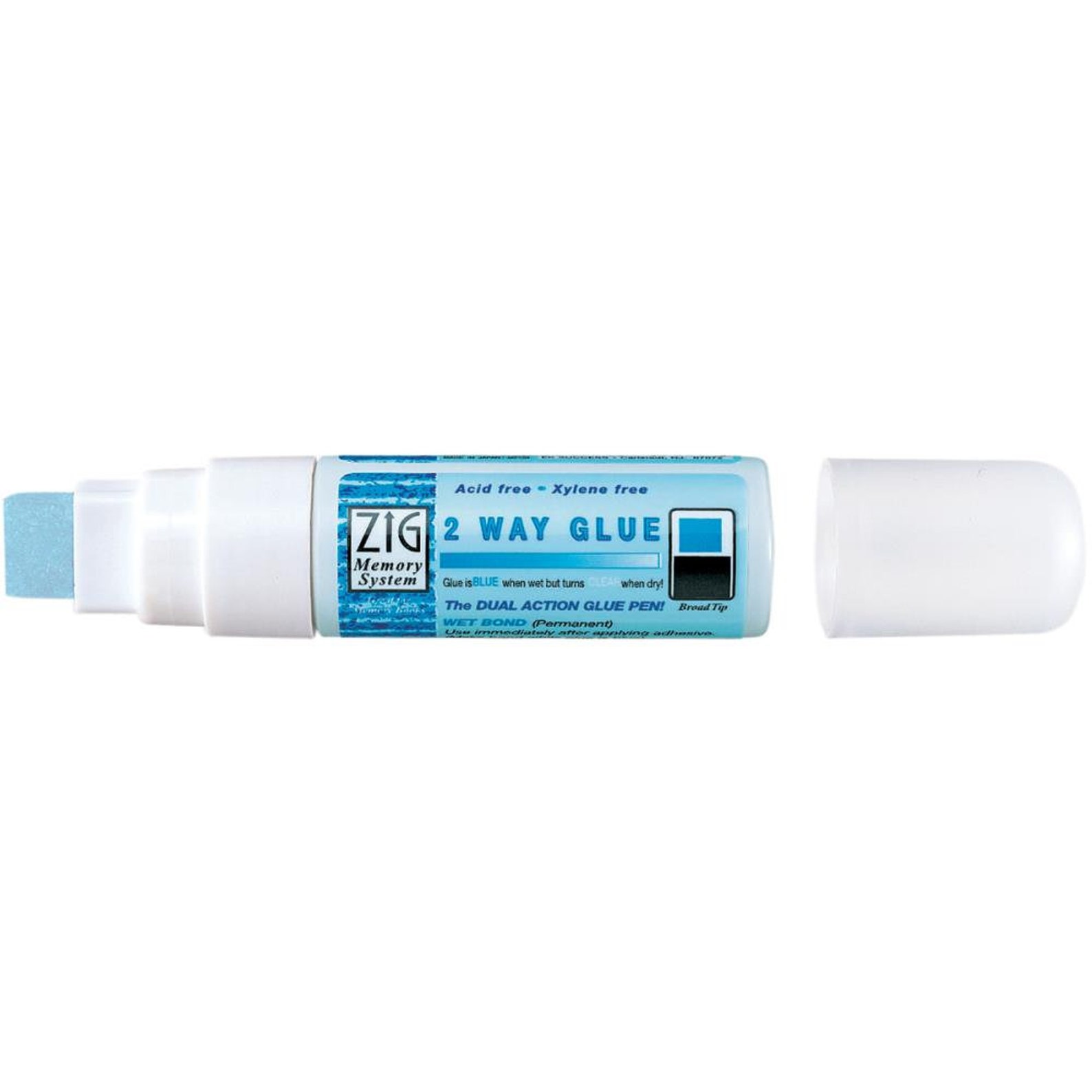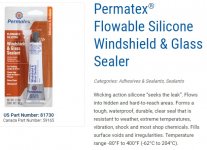Seems that speaker sells for around $200+ for a smallish 5 inch driver?
Whoa!.... and you suggest that it needs help for frequency issues?
I'd put my money on something else, with a sensible price.
Whoa!.... and you suggest that it needs help for frequency issues?
I'd put my money on something else, with a sensible price.
I believe we are many that want to get our hands on the right coating stuff, but i guess these are well kept secrets that never will be revealed, ever
How do you define improvement in this case? Less resonance peaks? More extension on the low end or high end? Phase and impedance? I’d say most coating would decrease overall sensitivity and dynamics, and should be avoided unless you are unable to deal with cone break up problems in the crossover.improve the frequency response
If you read the link you would see it's an edge-coating to the cone and part of the roll-surround. Many soft-cone midbass drivers have an issue with edge resonance around the 800Hz - 1.5KHz region, give or take. It's not actually the surround that's the issue, but the flexible cone edge going out of phase with the main output and causing cancellation, plus, as you would expect, a spike in HD2 at the same frequency. By applying edge-damping to some units, you can control that and improve the linearity of the midband, as Troels does.
Last edited:
Aleene’s=!
2-way ZIG glue.

It is useful. I don’t use it on the surround, bu tit is good at the cone, surround interface on the backside of the cone on the FFxx5wk series, and helps on the outer edge of a whizzer cone.
Note that there is already an extensive thread on this subject.
dave
One some smaller speakers, and larger woofers, I've used a thin coating of Permatex Windshield Sealer on the surrounds, which helps tame resonances, and on woofers with cloth surrounds it re-seals them when used in air suspension systems.
Works quite well with the accordian type surrounds too.
You lay down a small 1/8" bead around the speaker, then work it with a small brush to spread it across the surround.
Keeping the speaker face up for a few hours, once it drys, it works minor miracles.
Stays nice and pliable as well.
Works quite well with the accordian type surrounds too.
You lay down a small 1/8" bead around the speaker, then work it with a small brush to spread it across the surround.
Keeping the speaker face up for a few hours, once it drys, it works minor miracles.
Stays nice and pliable as well.
Attachments
Last edited:
For the UK audience, an equivalent sealant is available from Halfords:
Granville Black Silicone Sealant 40g | Halfords UK
I've used it in loudspeaker repair work. When dry it remains permanently flexible.
Less "flowable", so maybe better for the purpose intended in this thread.
Granville Black Silicone Sealant 40g | Halfords UK
I've used it in loudspeaker repair work. When dry it remains permanently flexible.
Less "flowable", so maybe better for the purpose intended in this thread.
Last edited:
Best I've used is the original [toxic] Altec, et al cloth surround sealer, with sometimes further thinning, so while I haven't used it, assume its PVA ~ equivalent will do: Speaker Repair Adhesive, Sealer, Cloth Surrounds, Foam Surrunds, MI-1291
Thanks all,
https://www.bigw.com.au/product/gloo-fabric-glue-125-ml/p/6948672/
I'll give this one a try first and report back...
https://www.bigw.com.au/product/gloo-fabric-glue-125-ml/p/6948672/
I'll give this one a try first and report back...
How do you define improvement in this case? Less resonance peaks? More extension on the low end or high end? Phase and impedance? I’d say most coating would decrease overall sensitivity and dynamics, and should be avoided unless you are unable to deal with cone break up problems in the crossover.
Good question. Troels reckons it reduces resonance and improves phase. Cannot refute or support as I haven't tried it myself.
Since loudspeaker drive units are minimum phase devices, the phase follows the frequency response -if there is a deviation from a given curve in the frequency / amplitude domain, the phase response will follow it. So assuming you are applying edge-damping to address a cone edge resonance that is causing a cancellation in the midband, then the phase response will also be flattened in that region.
Last edited:
- Home
- Loudspeakers
- Multi-Way
- Driver surround coating options
